What is Creatine?
Creatine is one of the most well-researched and effective supplements for increasing strength, muscle mass, and performance. It is a naturally occurring compound found in small amounts in foods like red meat and fish. However, supplementation ensures your muscles have a readily available energy source to power through high-intensity workouts.
The Gold Standard: Creatine Monohydrate
What is Creatine Monohydrate?
Creatine Monohydrate is the most widely used and studied form of creatine. It has been proven to increase muscle mass, improve exercise performance, and support cognitive function.
Benefits of Creatine Monohydrate:
Proven Effectiveness – Backed by hundreds of scientific studies.
Cost-Effective – Most affordable form of creatine.
Highly Bioavailable – Easily absorbed by the body.
Muscle Hydration – Helps pull water into muscle cells for a fuller look.
ATP Production – Enhances energy output during intense training.
Creatine HCL: A Newer Alternative
What is Creatine HCL?
Creatine Hydrochloride (Creatine HCL) is a more recent form of creatine that binds the molecule to hydrochloric acid. This formulation claims to offer better solubility and absorption compared to monohydrate.
Benefits of Creatine HCL:
- Increased Solubility – Dissolves more easily in water.
- Reduced Bloating – Some users report less water retention compared to monohydrate.
- Smaller Doses Required – Due to enhanced absorption, lower doses may be effective.
Creatine Monohydrate vs. Creatine HCL: Which One Should You Choose?
Effectiveness
Both forms support strength and performance, but Creatine Monohydrate has decades of research backing its effectiveness, while HCL has limited studies in comparison.
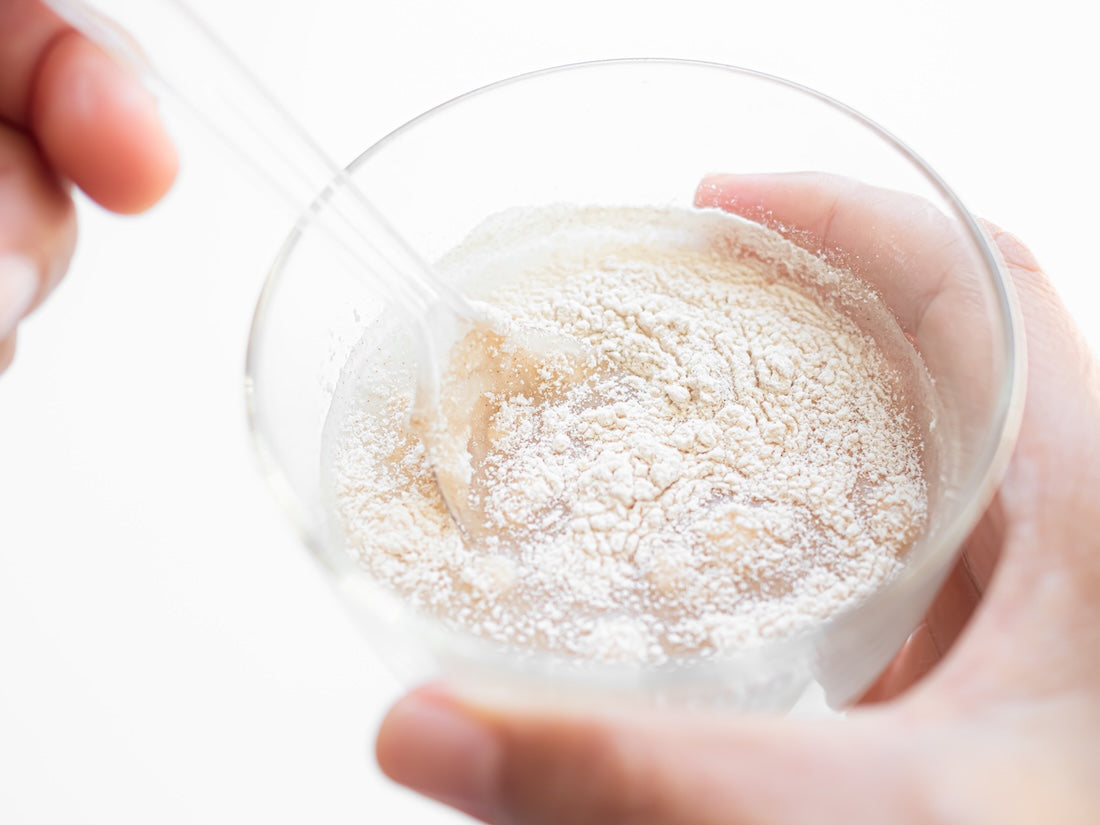
Absorption & Solubility
Creatine HCL is more soluble in water, which may make it easier to digest for those who experience bloating with monohydrate. However, monohydrate’s absorption can be improved by simply taking it with food or warm water.
Creatine Monohydrate is the most widely used and studied form of creatine. It has been proven to increase muscle mass, improve exercise performance, and support cognitive function.
Cost Comparison
Creatine Monohydrate is significantly cheaper and available in larger quantities, making it the better option for budget-conscious consumers.
Dosage
Creatine Monohydrate: Standard dose is 3-5g per day.
Creatine HCL: Due to better solubility, a smaller dose of 1-2g per day is typically recommended.
Which One is Right for You?
If you want the most researched and cost-effective option → Go with Creatine Monohydrate.
If you have digestive issues with monohydrate → Try Creatine HCL.
If budget is a concern → Creatine Monohydrate is the better value.
Final Verdict
Creatine Monohydrate remains the gold standard due to its overwhelming scientific support, affordability, and effectiveness. While Creatine HCL may offer benefits for those with digestive sensitivities, it lacks the extensive research backing monohydrate.
Where to Buy High-Quality Creatine
When choosing a creatine supplement, opt for 100% pure, lab-tested Creatine Monohydrate from a trusted brand. Look for third-party testing certifications to ensure quality and purity.
Related Articles:
Best Time to Take Creatine for Maximum Absorption
- 5 Tips for faster recovery
- Unlocking the Power of Glutamine for Performance Athletes and Bodybuilders
- Boost Your Athletic Performance with These Effective Workout Tips
FAQ
1. Does Creatine Cause Water Retention? Yes, but primarily inside muscle cells, which enhances muscle fullness and strength.
2. Can I Mix Creatine with Protein? Yes! Creatine and protein work synergistically to support muscle growth.
3. Should I Cycle Creatine? No, cycling is unnecessary as long as you take the recommended daily dose.
4. Is Creatine Safe? Yes, extensive research confirms creatine is safe for long-term use.
By incorporating Creatine Monohydrate into your routine, you’ll experience enhanced performance, faster recovery, and improved strength—all without breaking the bank!
-Jon Klipstein
"Before launching our Creatine products, I had the same questions as we went back and forth on what would be the best source of Creatine to offer our customer base. After lengthy R&D, plus internal research we made a decision based on what we felt would be best for our users. This blog is the high level overview of our findings."
Featured product
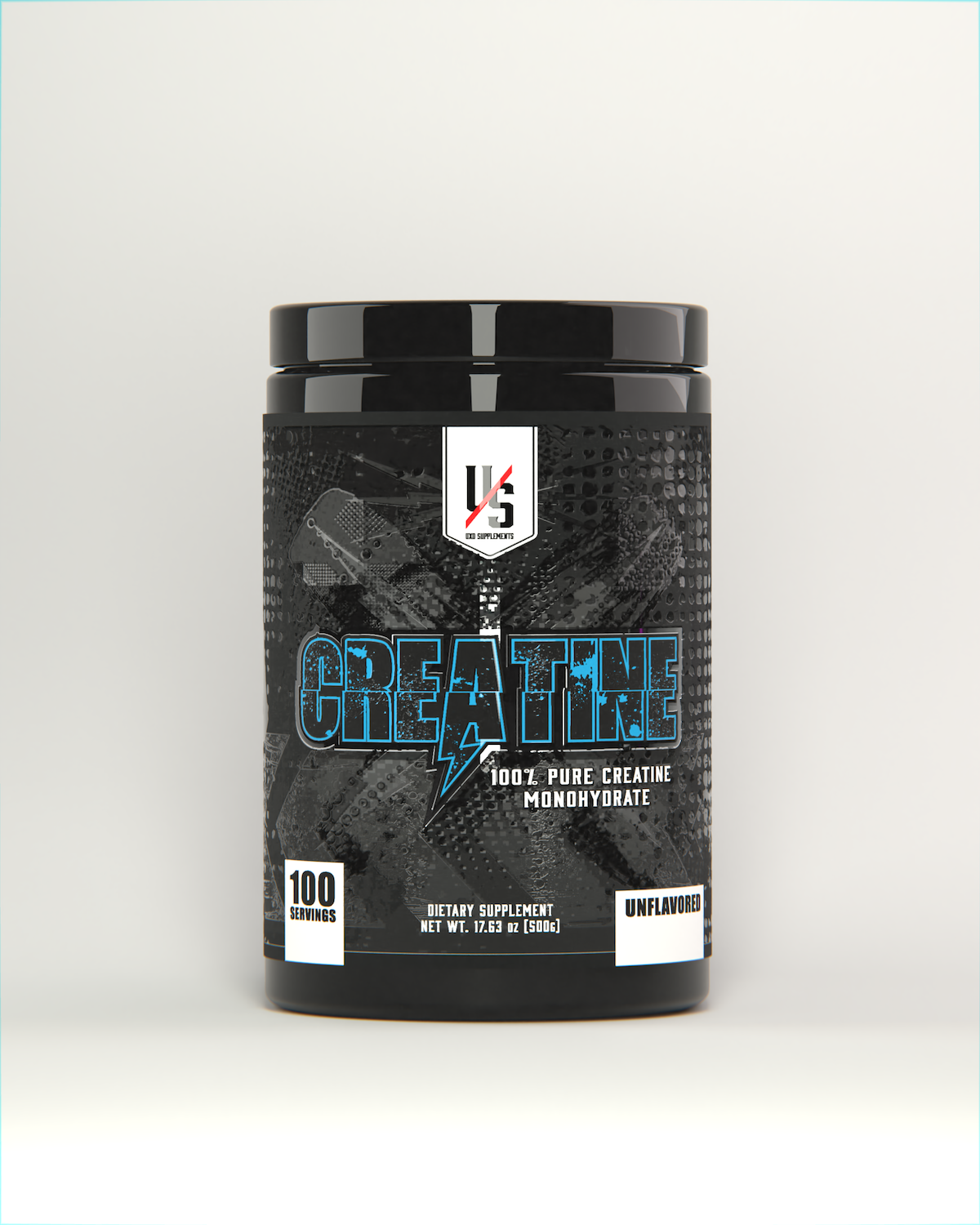
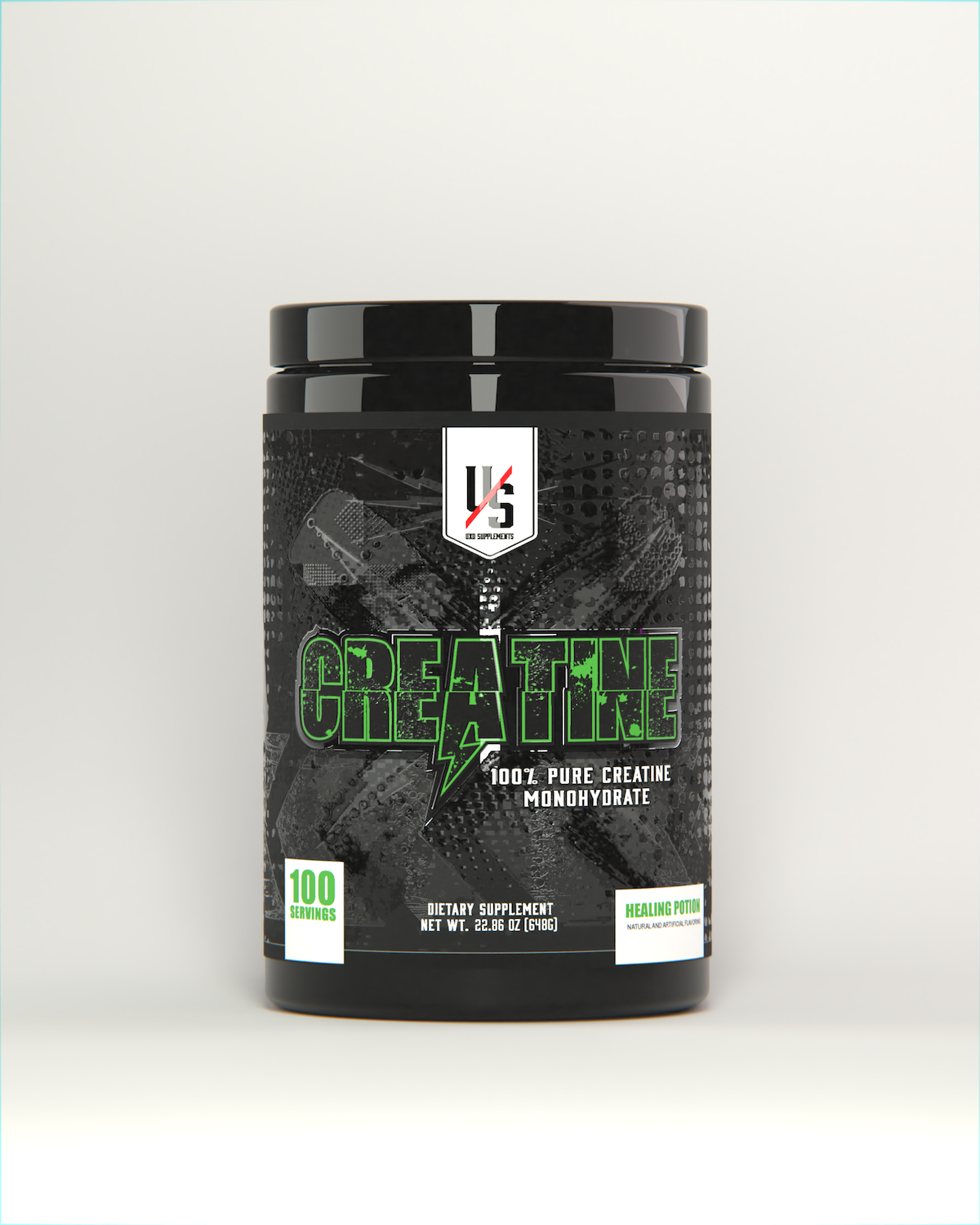
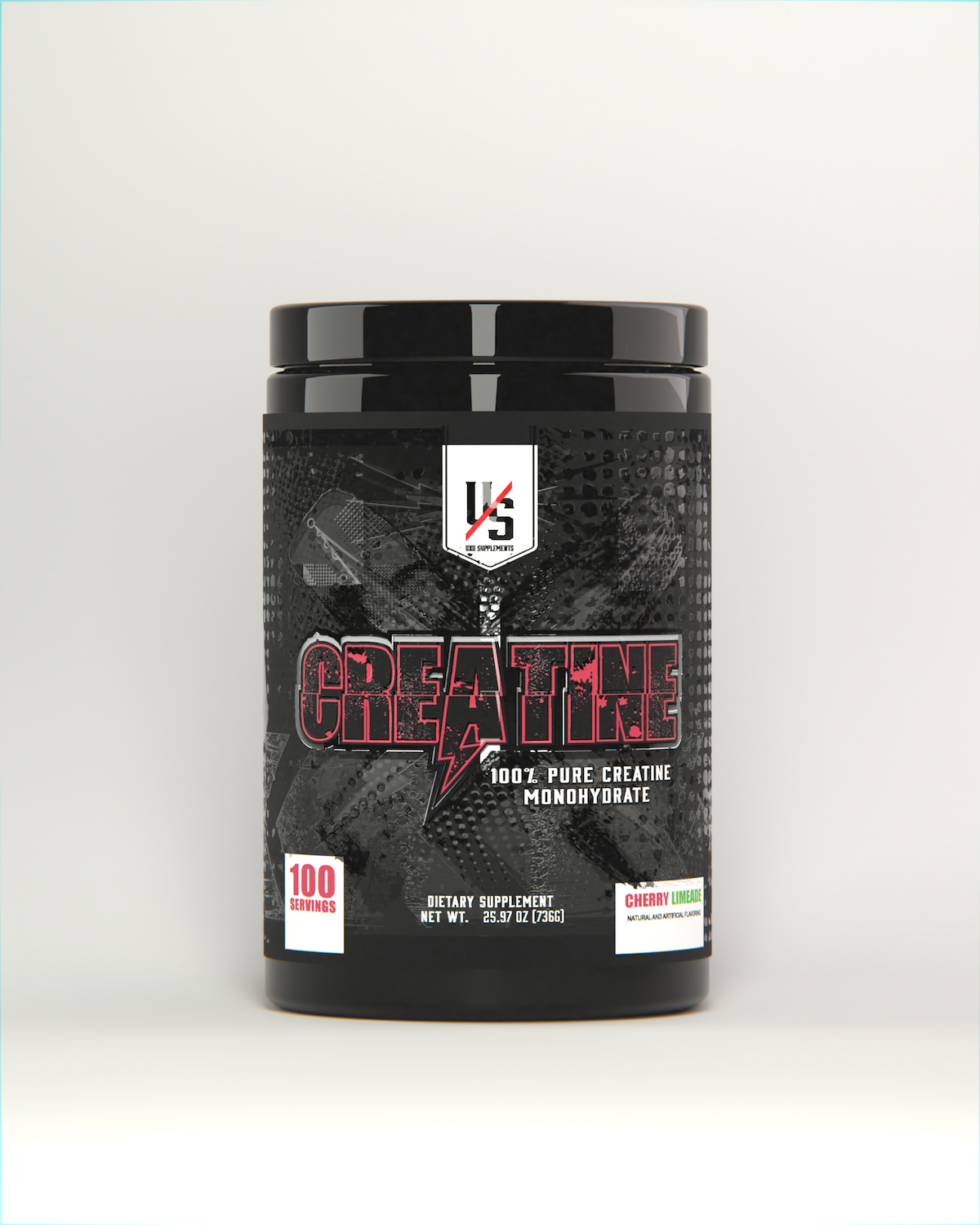
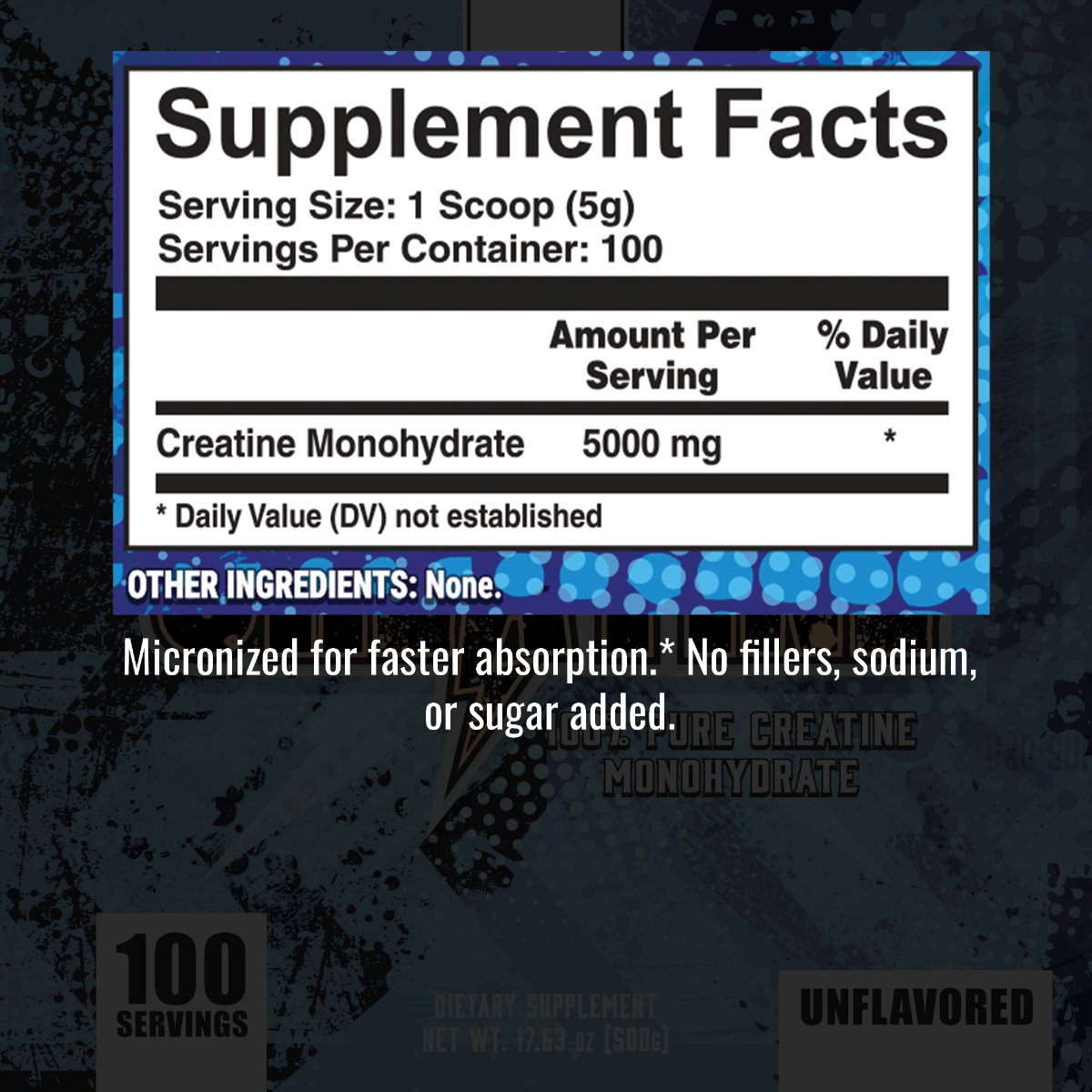
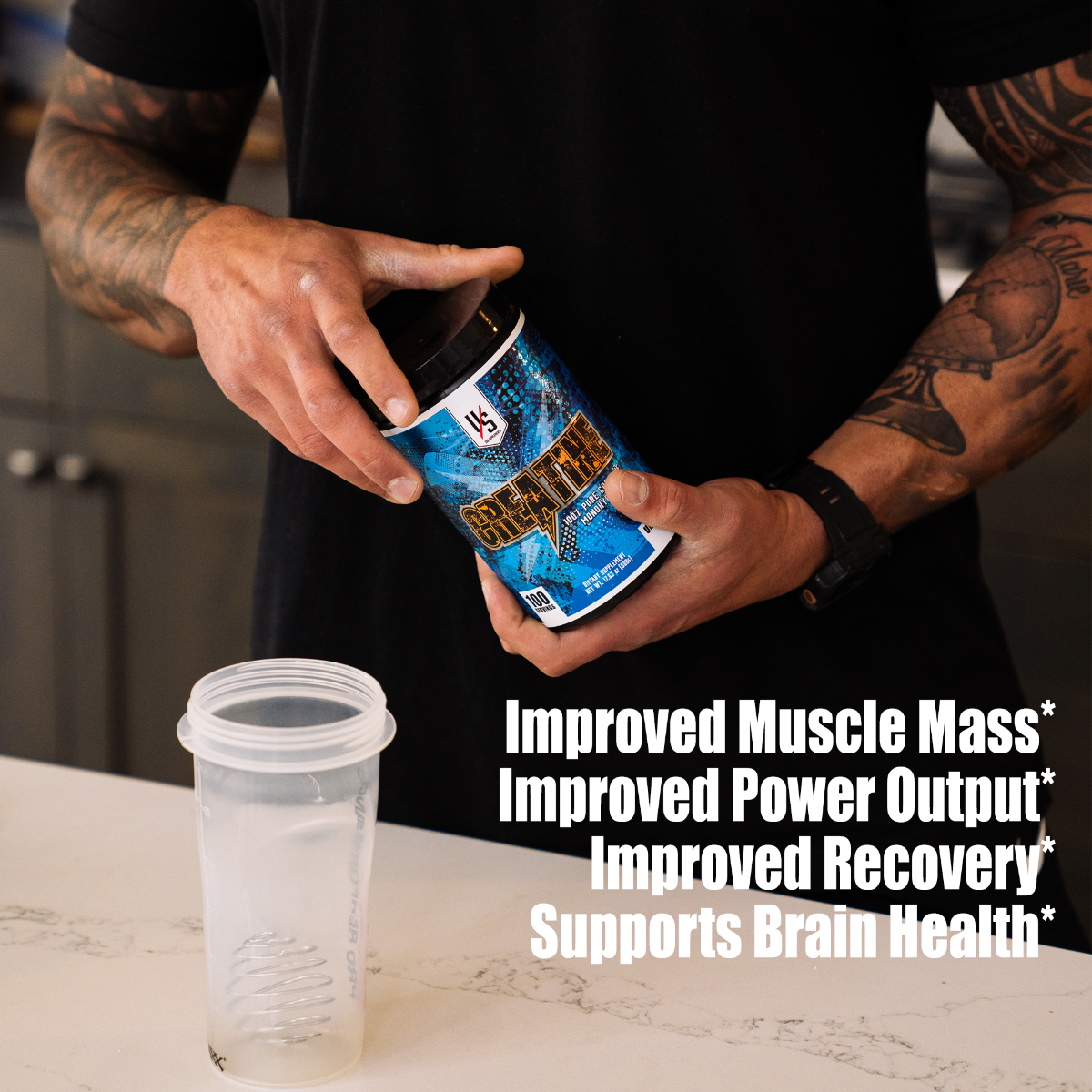
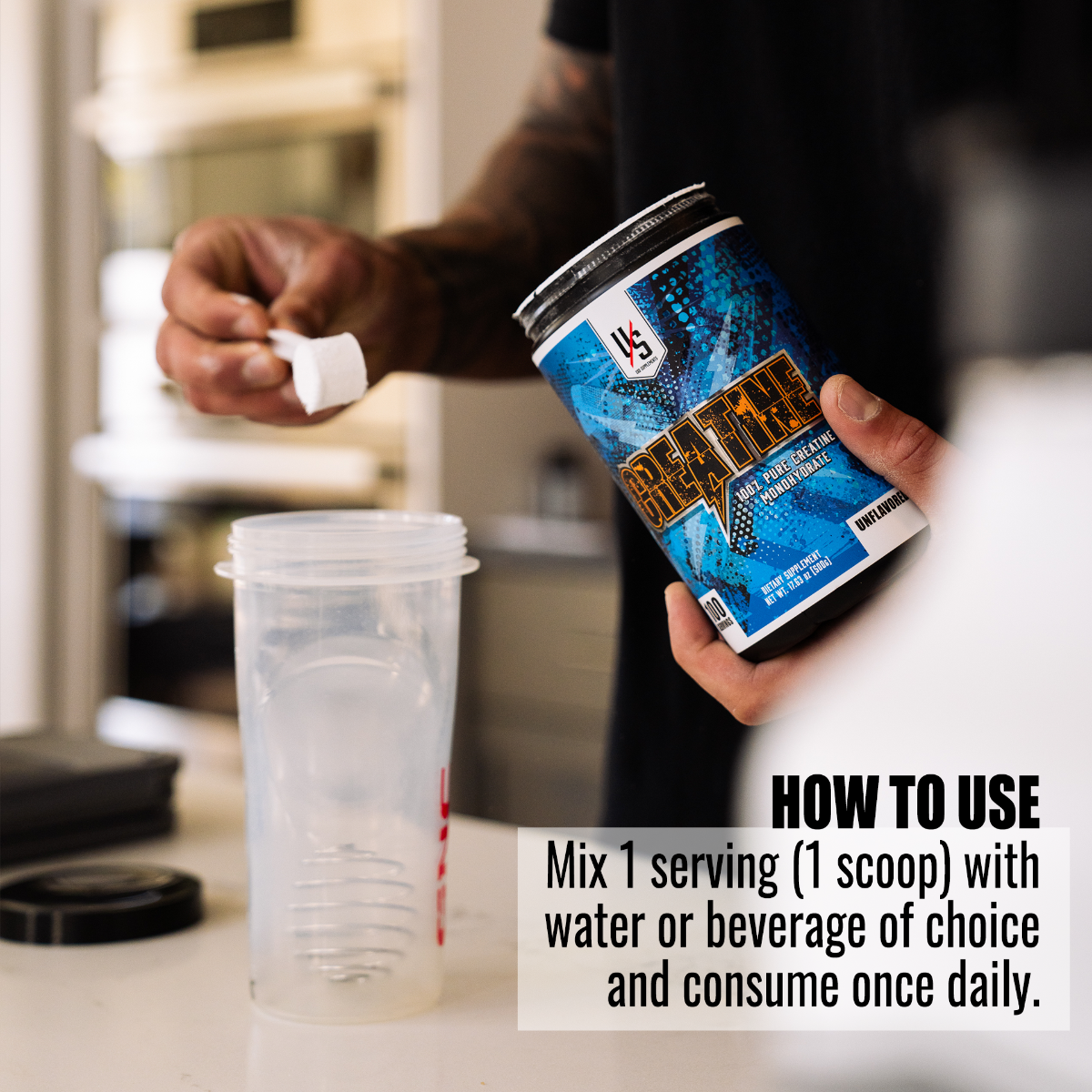
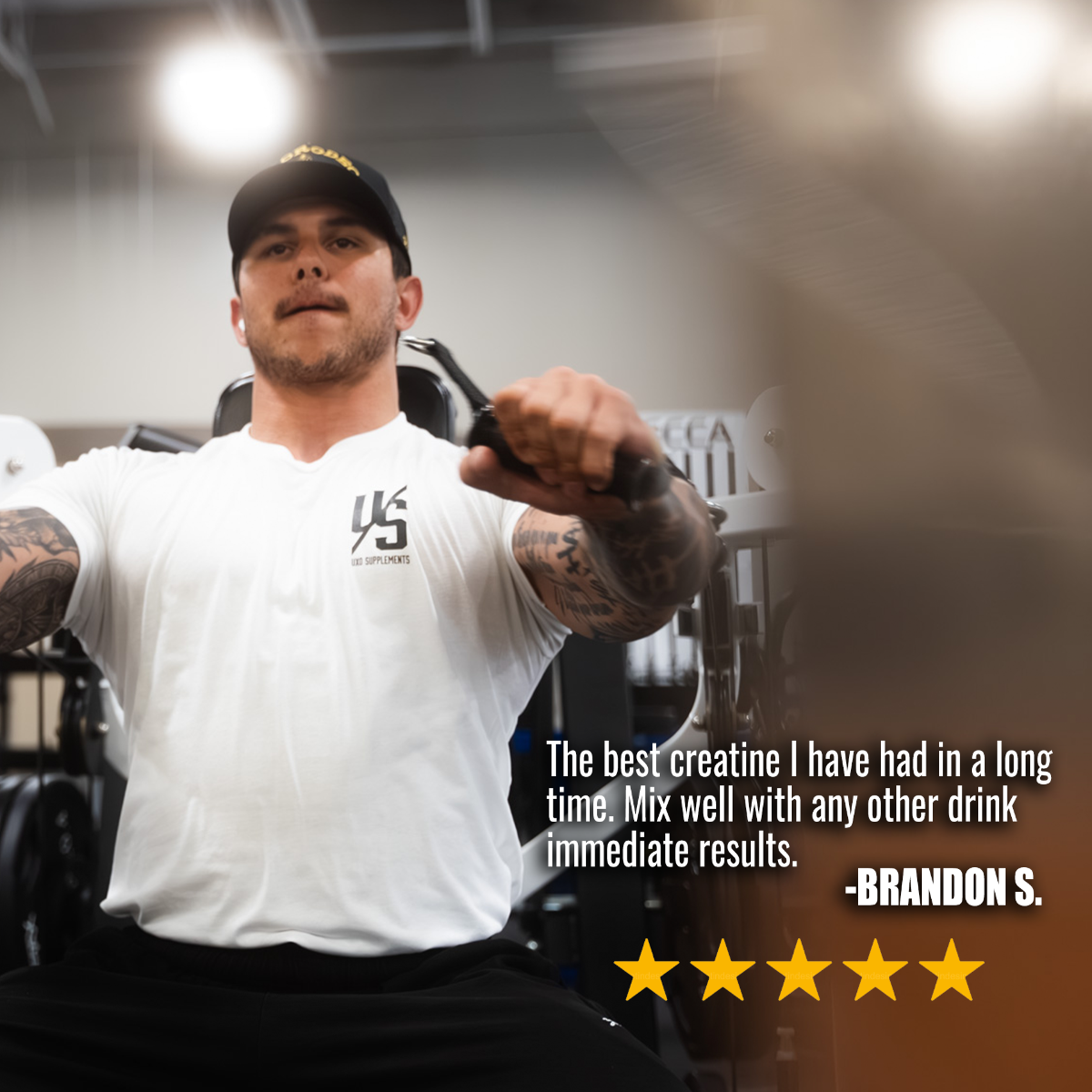
Pickup available at 11880 W. President Dr. Suite D
Usually ready in 24 hours

Micronized Creatine Monohydrate
100 serving / Healing Potion
11880 W. President Dr. Suite D
11880 W President Dr
Suite D
Boise ID 83713
United States
PRODUCT DETAILS
100 servings per container |
|
Increased muscle and strength |
|
improved recovery |
|
could support brain health |
How do you choose the right Creatine Monohydrate?
1: While Creatine Monohydrate is the most popular version, there are differences in Creatine Monohydrate. If you are worried about stomach sensitivity, we recommend taking a Micronized Creatine Monohydrate. Micronized meaning it has been broken down into smaller particles to improve solubility.
2: Is 3rd Party testing important to you? Are you a drug tested athlete, or concerned about cross contaminents making their way into your products? The only way to ensure you are getting exactly what is on the label, without any traces of potential banned ingredients is to choose a product that is 3rd party tested.
3: How do you want to take your creatine? Stack it with your preworkout or EAAs? Then a non-flavored one would be a great opton. If you want to take Creatine by itself, we recommend a flavored version.
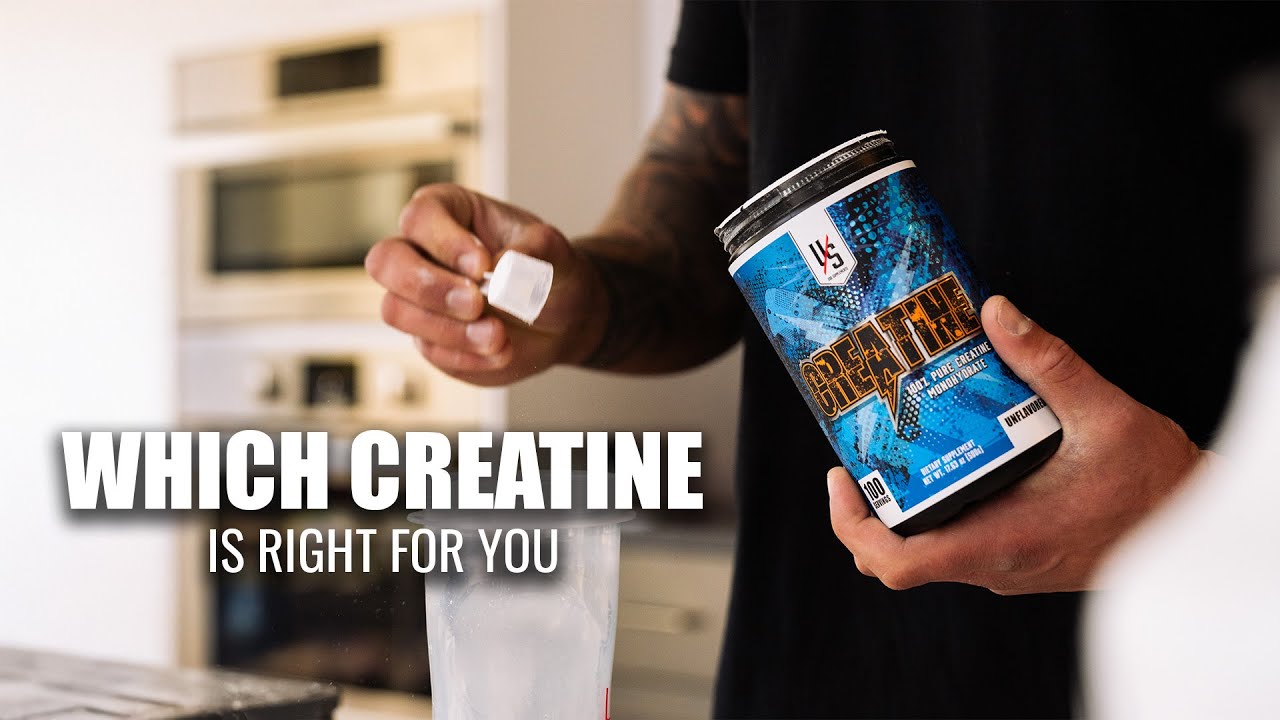
Video
Did you know you can now get Flavored Creatine through UXO Supplements?
With the increased popularity and ever evolving studies on the benefits of Creatine, we decided to give you options. With the unflavored version, you need to be able to mix it with something to mask the bitterness of the raw ingredient. Now you can take Creatine by itself with one of our flavored versions. More will be coming as we continue to grow.
Creatine Monohydrate Pros and Cons
CONS |
|
Not as soluble as HCL |
|
Causes GI Distress with a small % of population |
|
Collagen has become very popular over the past few years. Let’s start by understanding what it is. There are different protein sources out on the market today. Collagen is the protein that makes up cartilage, ligament, and tendons . . . our major joint focused proteins. It is also the protein found in our bones and structural components such as skin, hair, and nails. So when you look at whey protein . . . This source is great for muscle growth. But Collagen is vital for joint health, connective tissue health, skin health, etc.
Here is why Collagen is important for strength athletes and bodybuilders. When you are training, studies have shown that the majority of the delayed onset muscle soreness that we experience after the fact comes from connective tissue being damaged. So supplementing Collagen has been shown to reduce soreness. This ultimately means, you can recover faster, and train harder. Also, think about injury. Overtraining or even compromised form in a lift can lead to injury which leads to time off from the gym. Part of injury recovery is at the connective tissue level. So supplementing collagen can actually strengthen ligaments, tendons, and such, making the joints and connective tissue more resistant to injury.
For bodybuilders or athletes who look for aesthetics. Your skin needs to look good. There are tons of studies that show Collagen is important for skin elasticity and anti-aging effects, including the health of the skin. If you are young and you want to stay healthy, ensure you are supplementing with Collagen. If you are prone to injury, ensure you are supplementing with Collagen. If you are looking for ways to slow down the appearance of aging, ensure you are supplementing with Collagen.
So where do I get Collagen . . . You can purchase containers of Collagen that mix with Coffees and Teas. Collagen like ours that is heavier in Type 3 (Focused more on tendons and ligaments) tend to be a little thicker, so using a frother is recommended. Bone Broth is another great source of Collagen and can be found at many grocery stores.
What is the recommended dosage? 10-20g per day for women 20-30g per day for men.
What is the best time to take Collagen? The optimal time is either first thing in the morning or closer to your workout time. Why closer to your workout time? When you train there is more blood flow occurring. This will help transport the collagen to your muscle and connective tissue more efficiently.
Read more

Training Tip Tuesday: Grow Bigger Rear Delts with a few simple technique changes. 1) Sit away from the support leaning into it. This forces you to engage the rear delts. When you sit upright, th...
Back Rows can be an amazing exercise for targeting upper and lower back muscles. Let's take a look at how Jasmine is doing them. 1) The reverse-grip bent-over row is a compound exercise used to...

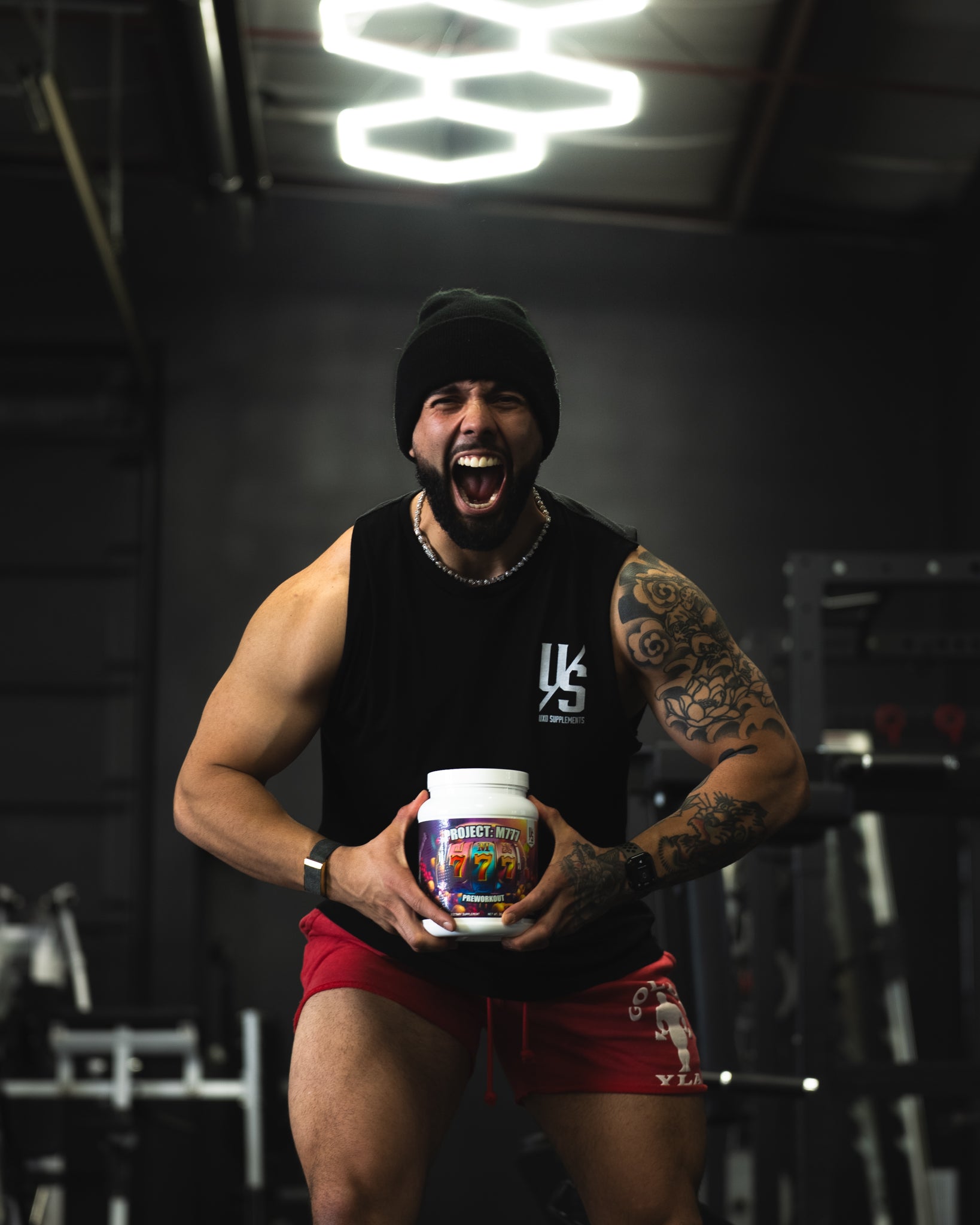




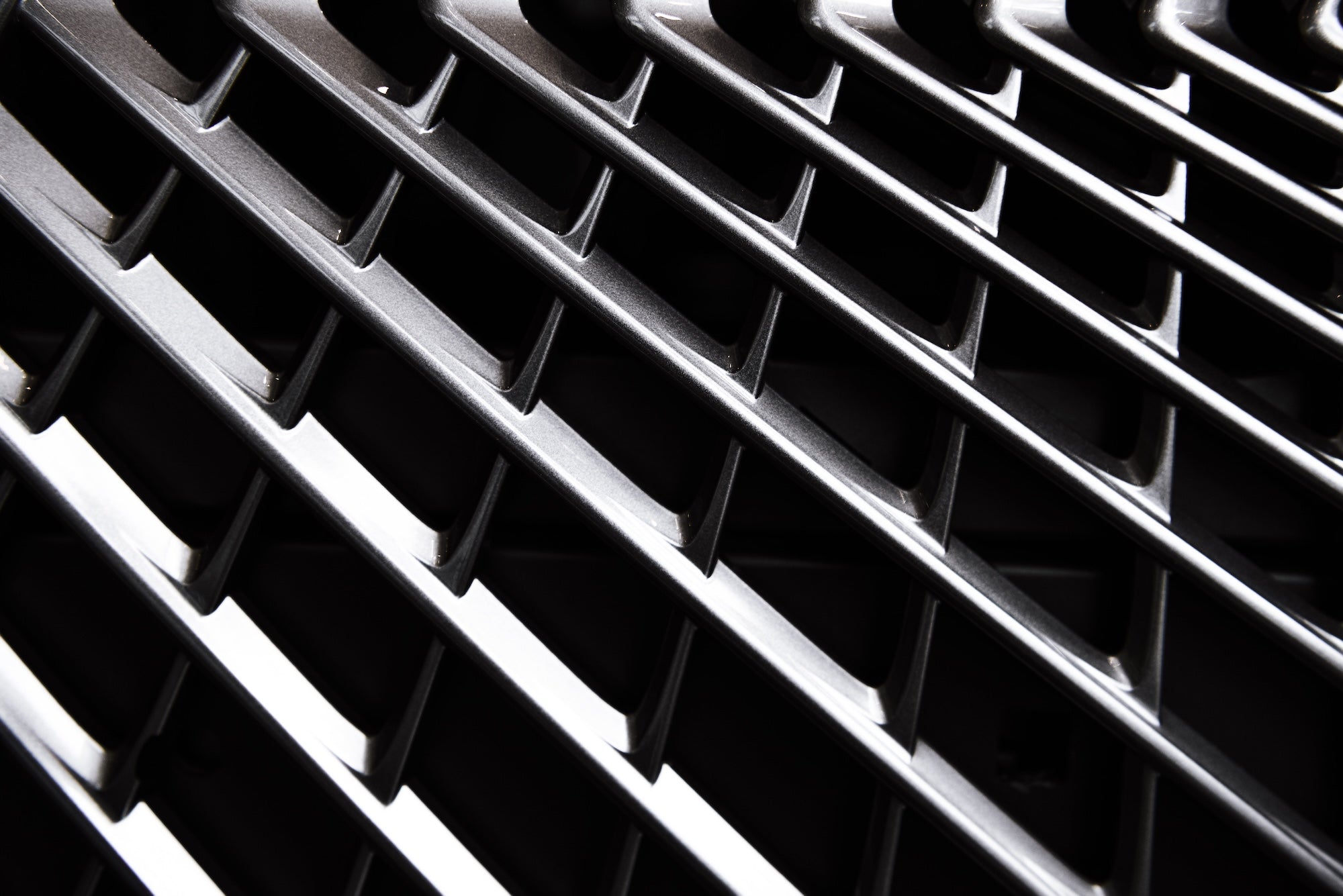


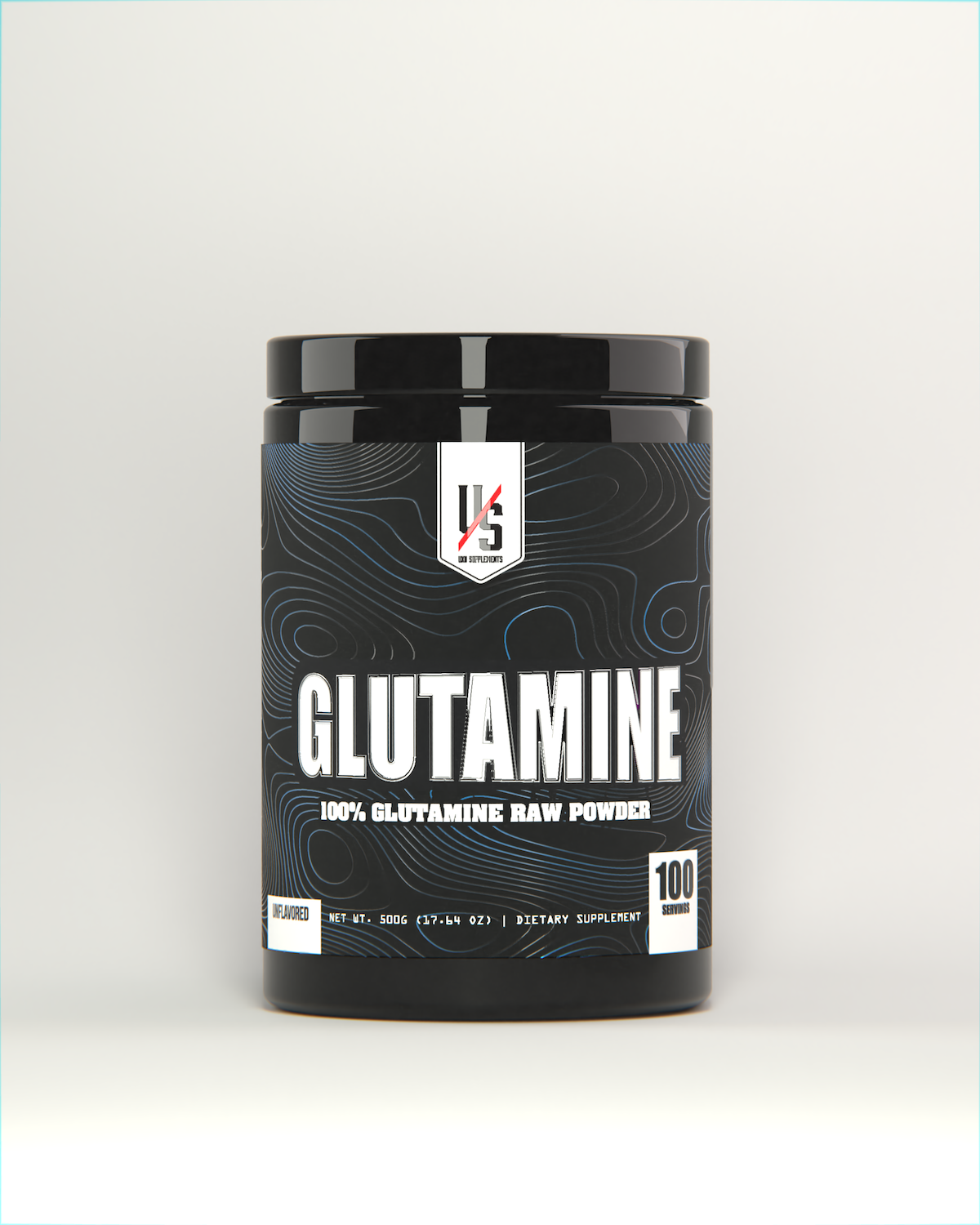

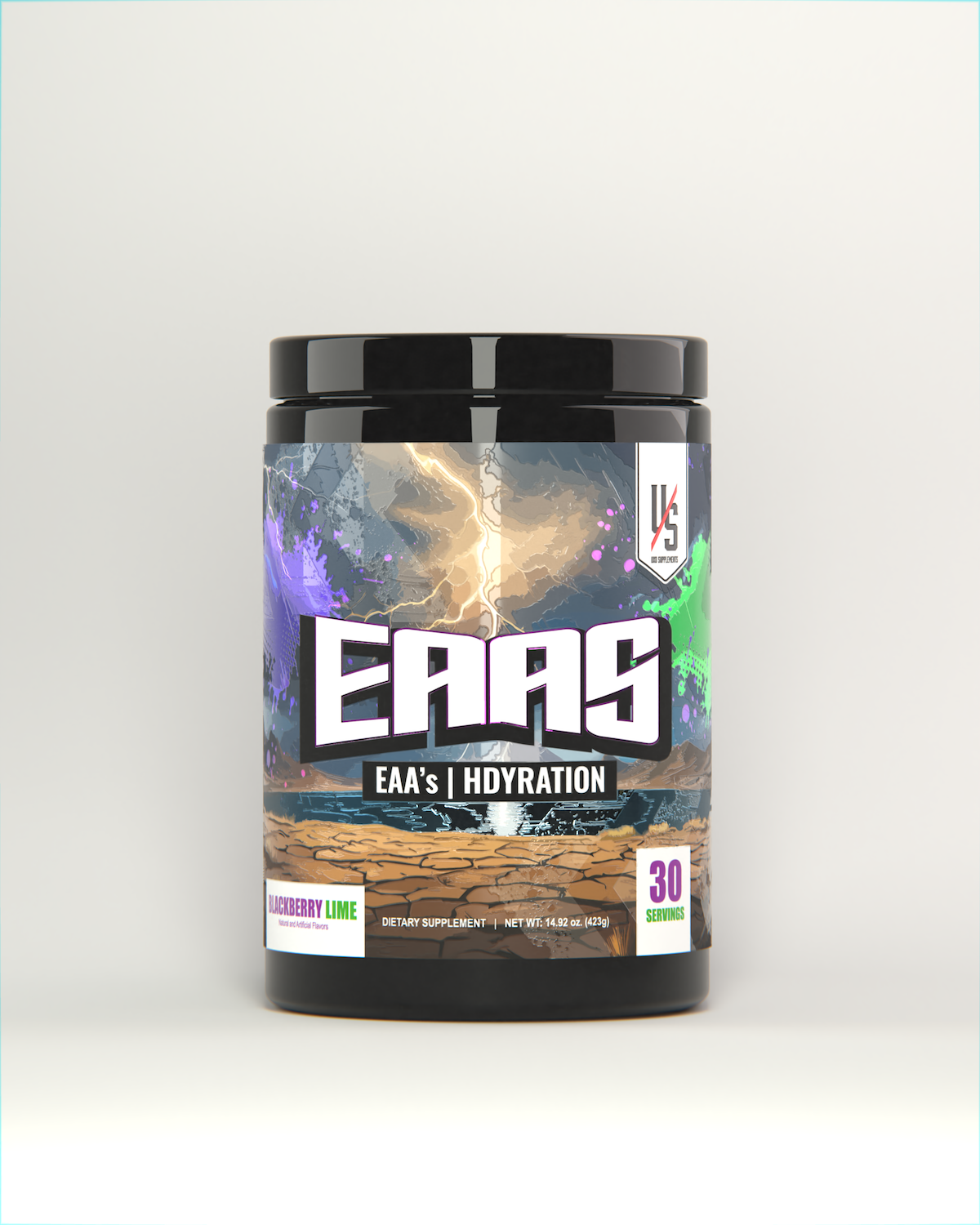

Leave a comment
All comments are moderated before being published.
This site is protected by hCaptcha and the hCaptcha Privacy Policy and Terms of Service apply.